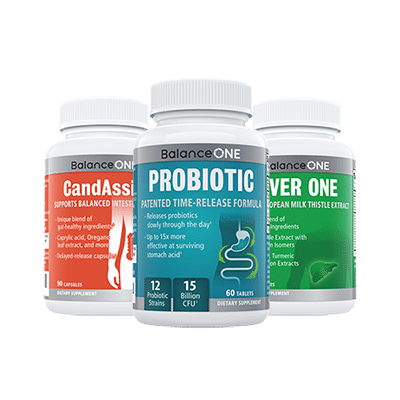How Long Should Each Stage Last?

The Candida Diet is not a diet with a fixed duration. Some Candida sufferers have lived with their condition for years, maybe even decades, so to expect a quick and easy solution is often unrealistic. Some dieters might find permanent relief from their Candida symptoms within a few weeks or months.
Others might take 6 months or more, and may even need to eliminate white carbs, sugary foods and alcohol permanently to prevent the overgrowth from returning.
So its important to start your Candida treatment plan with realistic expectations – if you do this then you’ll also be much more likely to follow the plan through to the end.
Listed below are some of the factors that can affect the length of your overall treatment plan. The cleanse should last for a week at most, but the duration of the later stages of the plan is really up to you. No one else can tell you how you’re feeling, and you will always be the best judge of when you are ready to move on to the next stage.
Don’t be afraid of a little trial and error either. For example, if you think you quit the strict diet too early and some of your symptoms have returned, just go back to the foods that were working for you and stick it out a little longer. Patience is a key virtue when it comes to beating your Candida overgrowth.
Table Of Contents
Factor #1: The severity of your Candida overgrowth
Some of us have a Candida overgrowth that has reached its advanced stages, while others have only just started to notice the symptoms. It makes perfect sense that those who have suffered longest from their Candida will also take the longest to be cured.
The longer that you have had a Candida overgrowth, the more entrenched this fast-growing yeast is within your gut. The Candida Albicans cells actually begin to attach themselves to your intestinal walls, penetrating through the membrane into your bloodstream. As Candida toxins and food particles escape into your blood, they provoke an immune response and an inflammation in your intestinal membrane. Known as Leaky Gut Syndrome, this is one way in which Candida weakens your immune system and causes allergies.
So a severe, long-lasting case of Candida is likely to accompanied by allergies and a weakened immune system. This means that in addition to the Candida Diet, antifungals and probiotics, you should also be taking supplements to boost your immune system. Good examples are Vitamin C and Echinacea. To cure your Leaky Gut Syndrome, soluble fiber like Psyllium or apple pectin fiber are very useful.
Factor #2: How seriously you take the diet
Sticking to the diet is tough, but in the long run the results are worth it as you regain your health and energy. Read the Foods to Avoid and Foods to Eat pages and try to incorporate them into your diet as much as possible. Remember that each time you ‘cheat’ and pick up a chocolate bar or eat something deep-fried, you are actually lengthening your treatment period.
Beating a Candida overgrowth is not easy, but you can reduce the time on the diet by religiously sticking to the correct food. Do your research on probiotics and antifungals too, and choose ones that you feel comfortable. Elsewhere on this site we’ve reviewed a good selection of both. If you follow the correct guidelines, buy the right products and are consistent in your diet, you can reverse your Candida overgrowth in half the time.
Factor #3: How aggressively you use probiotics and antifungals
This brings us on to probiotics and antifungals, which are two crucial elements of the Candida treatment plan. There are two ways to use these to reduce your treatment time. Firstly, make sure you choose the right supplements to take. You can look across the rest of this site for some good options. Secondly, if you use these supplements aggressively you can kill off the Candida yeast more quickly. For example, you could start with a 50 billion count probiotic and a strong antifungal like caprylic acid.
Of course its not always that easy. Moving quickly to higher doses of probiotic and antifungal will likely cause Candida Die-Off. This is when the Candida yeast cells are killed quickly and release large amounts of toxins into the bloodstream. And this is also when many Candida dieters choose to give up on the diet, as the symptoms of Die-Off can be difficult to handle. So for the vast majority of Candida overgrowth sufferers, we would recommend a more gradual increase in probiotic/antifungal dosage. Take your time and find the dosage that works for your body. As mentioned earlier, patience is a key virtue when you are fighting a Candida overgrowth.
Factor #4: Your willpower
Willpower is perhaps the most important ingredient in your Candida treatment plan. This is true when you stick to the strict diet, when you convince yourself not to pick up that chocolate bar, when you remind yourself to take your daily probiotics, and when you stay strong during Candida Die-Off. If your mental strength is wavering, remind yourself that although the diet may sometimes be difficult, its still better than the alternative of letting your Candida overgrowth become even worse.
Remember to stay positive and take the diet one step at a time. Keep all your focus on getting better and it will happen before you know it! For a detailed, step-by-step Candida treatment plan, take a look at my Ultimate Candida Diet program.

